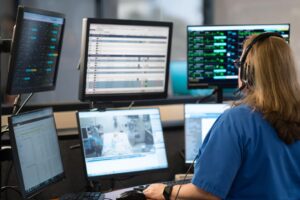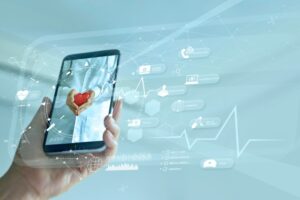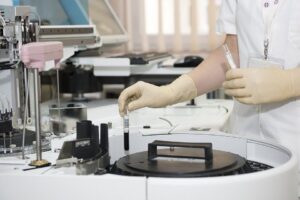Why Patients Are Loyal to Medical Facilities That Have Superior CX

It is no secret that the complaints against hospitals never end. From long wait times and cumbersome billing procedures to poor communication and not being treated as a ‘special case,’ the list can be exhausting. In an astonishing development, though, a trend most of us may not have known: many of these patients still stand by their medical centers if the customer experience reaches the mark. That means excellent customer service trumps all other concerns and results in loyal patients. According to an Accenture study, superior customer experience raises U.S. hospitals’ net margins to about 50 percent over what they identified as the average customer experience. Another study indicates that 82 percent of patients prioritize quality customer service above all else when choosing health care providers. However, over time, maintaining high levels of customer service in any hospital setting is a challenge. This is where artificial intelligence technology steps in as a potential game-changer, offering a promising solution to this ongoing struggle. The Effect of Superior CX on Patient Loyalty Top-notch CX in medical facilities means higher patient satisfaction and a sense of trust and reliability. When patients feel their needs are met efficiently, they appreciate returning to that facility […]
» Read more


